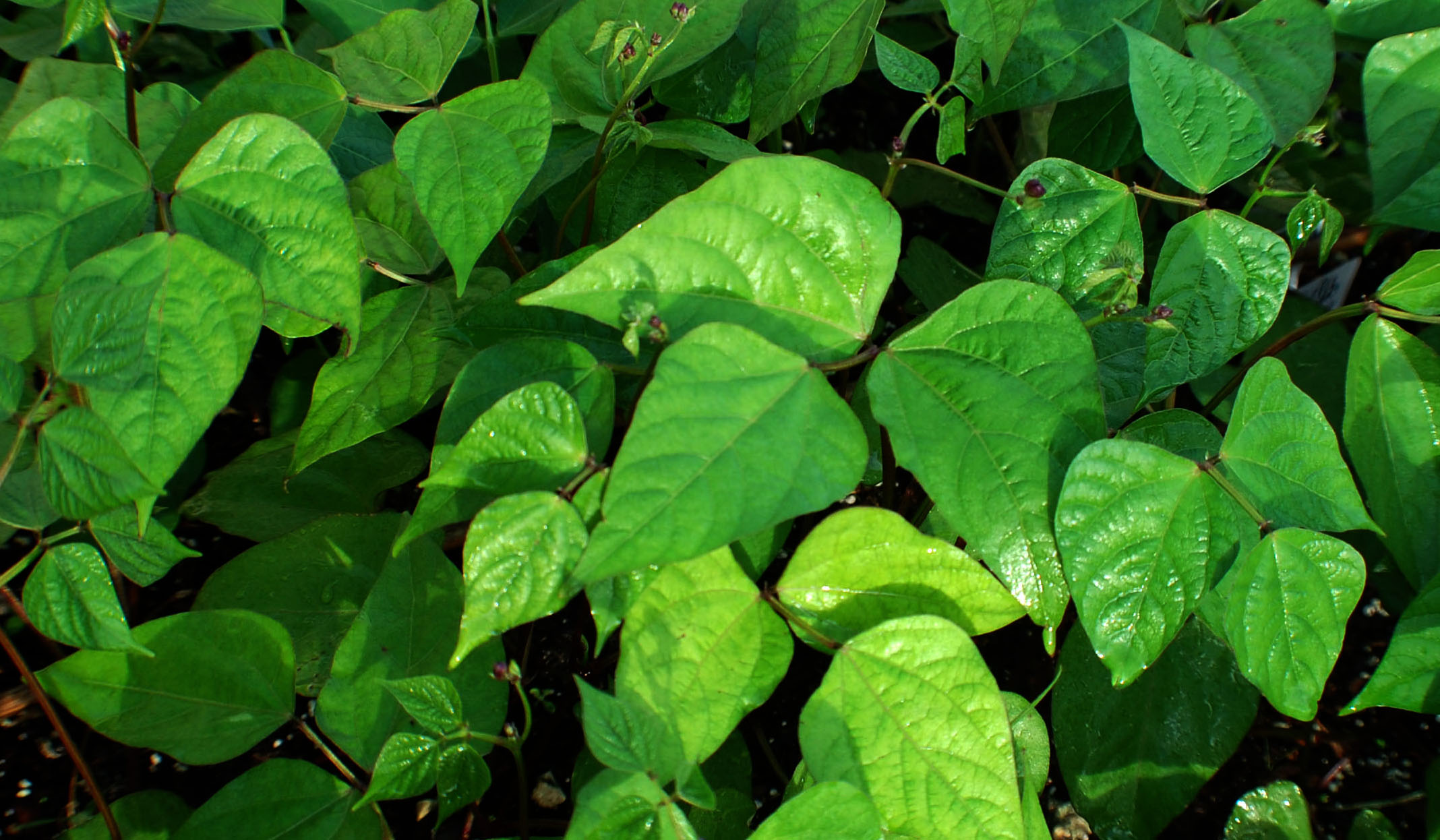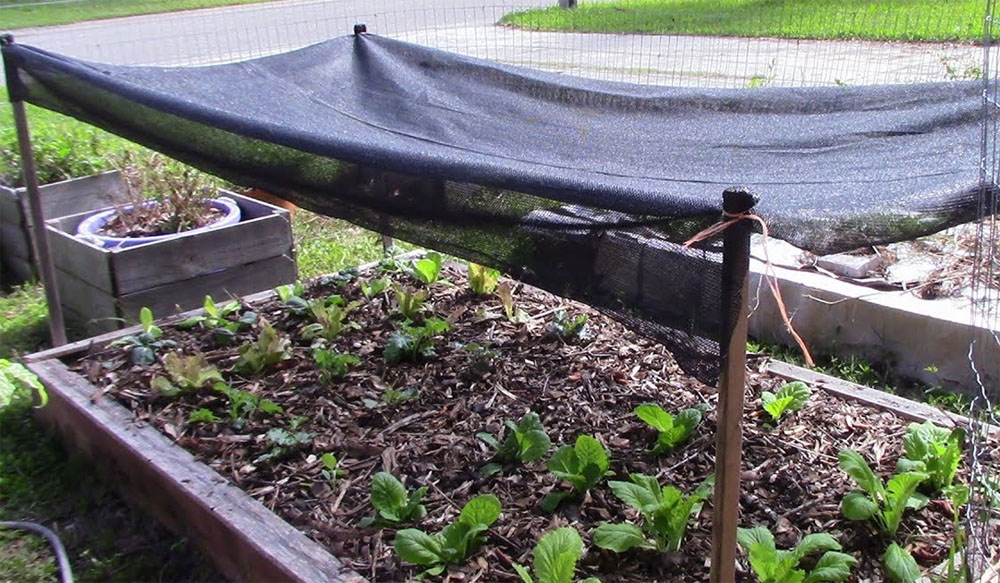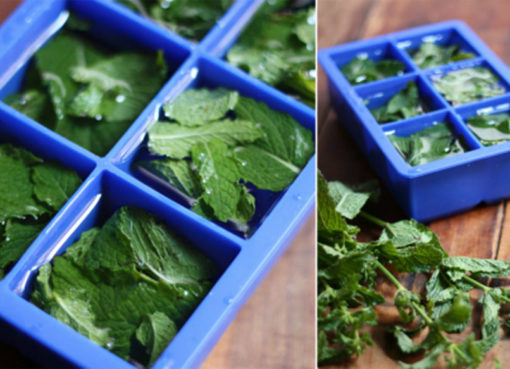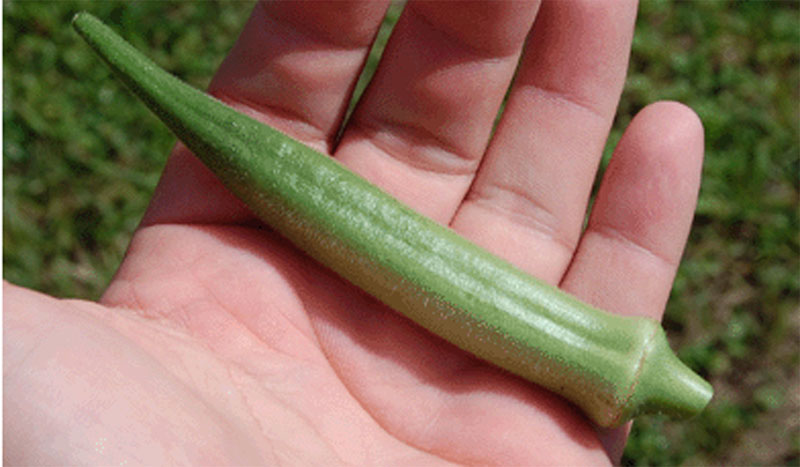Green Beans (Phaselous Vulgaris), also know as String Beans are one of the most popular crops to grow in the home garden. They are highly prolific and can be easily preserved for later consumption by canning or freezing the beans. Green Beans grow in two distinct patterns, bush beans and pole beans. Bush Beans grow in a small, compact self supported bush while pole beans grow in like a vine and need support, such as poles, trellis’ or fences, to keep the vine from growing into a tangled mess on the ground.
Location Selection
Green Beans are not very picky about their soil type, growing well in everything from sandy to clay soil. They do prefer a loose, loamy soil that is high in organics, but will grow in even the lowest nutrient soils if they are amended with a high quality compost.
When selecting a location for growing Green Beans the amount of sunlight received is one of the most important considerations. Beans will grow best when in direct sunlight for the entire day. If a full day of direct sunlight is not available, 8 hours of light should be considered the minimum.
Soil Preparation
Green Beans, like all legumes, affix Nitrogen to the soil through a symbiotic relationship with a bacteria that lives in their root structure. Because of this Nitrogen fixing, the soil beans grow in should not be high in nitrogen and fertilizers used should also not be very high in nitrogen.
Amending the soil
The single best method of amending soil for growing green beans is to work a few inches of high quality compost into the soil. Added compost will not only increase the amount of nutrients in the soil by adding organics, but it will also increase the amount of moisture the soil can hold and help with the soil structure. Beans like the soil to be loamy, and mixing compost into the soil will help accomplish that as well as adding nutrients.
If the soil is very low on nutrients adding an organic or low nutrient fertilizer that is made for vegetable production is suggested. Do not add fertilizers that are heavy in Nitrogen, N in NPK (see our article: NPK Explained), as it will cause the plants to grow large, but not produce very well.
Sowing Seeds
Beans are best sown out doors as soon as the soil stays above 50 degrees. Many gardeners find that soaking bean seeds in water overnight before sowing them helps speed germination.
All seed should be planted about 1″ deep and the soil should be kept fairly damp to encourage a rapid germination. As soon as the plants show their first true leaves add a 1-2″ thick layer of mulch on top of the soil.
While green beans can be sown indoors before, they do not transplant very well and are often very leggy if started indoors.
When deciding how many seeds to sow a good rule of thumb is to grow about 15 plants per person that will be eating the beans.
– Bush Beans
Bush beans should be sown about 3-6″ apart in rows that are about 10-12″ apart. Once they have germinated and developed a few sets of true leaves thin the plants to 6″ apart. Bush beans will not typically need any support to grow, but sometimes may need to be staked if they are over burdened with beans before the harvest. There are some very heavy producing plants that will tip over when the beans become to thick, steaking them will help prevent that.
– Pole Beans
Pole beans should be sown about 3″ apart and they should be placed near some type of support. Pole beans are true climbing vines, and if not supported will become a tangled mess on top of the soil affecting not only the health of the plant but also the production of beans.
Supporting Pole Beans
The best type of support for pole beans is a trellis that is covered in chicken wire. This gives the pole bean vines plenty of space to grow and will allow the most amount of plants per square foot of soil. Alternative methods of support include regular trellises, fences, tall bamboo stakes and other types of poles with chicken wire stretched between them.
Care and Harvesting
– Care
After green beans are established they will no longer need any additional nitrogen added to the soil, the symbiotic bacterial will take care of that. About once a month mixing a high quality compost into the soil should be enough to keep the beans growing well. If compost is not available, use a well balanced but low in nitrogen organic fertilizer. Green beans have fairly light fertilizer needs and the use of heavy chemical based fertilizers is rarely beneficial and can be harmful when over done.
Neither pole nor bush beans do well in the heat of summer. Pole beans can be shaded during the hottest times to keep them alive for a strong fall harvest, while bush beans should be planted with the intention of harvesting before the hottest parts of summer or before the soil temps drop bellow 50.
High heat and dry soil can cause blossom drop in green bean plants. Maintain soil moisture by keeping a layer of mulch above the soil and frequent watering, being careful not to over saturate the soil.
– Harvesting Bush Beans
Most bush bean plants will only produce one or two harvests of beans that are all ready at roughly the same time (succession planting will help insure a consistent harvest all season). Most varieties are ready to be harvested as soon as they are about the thickness of a pencil. Simply pinch the stem attached to the bean until it snaps. Once all beans have been harvested watch the plant for any signs of a second or third harvest. If there are no signs in the next 2-3 weeks, remove the plant and start growing the next crop (leafy greens are great follow up crops to legumes as the high amounts of nitrogen helps the plants grow lush green leaves quickly)
– Harvesting Pole Beans
Pole beans will produce beans continuously as long as the plant is alive. The plants typically last until temperatures reach over 85 (many last into hotter temperatures, they just stop producing) or until the first frost of the winter. Harvesting the beans as soon as they are ready will encourage the plant to produce more beans. The same harvesting technique of pinching the stem just above the bean works just as well for pole beans as it does for bush.
Quick Tips
- Bush Beans take about 50-55 days to produce
- Pole Beans take about 55-60 days to produce
- Sow bush beans in groups about 2 weeks apart to ensure consistent harvest
- Green beans can be preserved for a long time by canning them.






